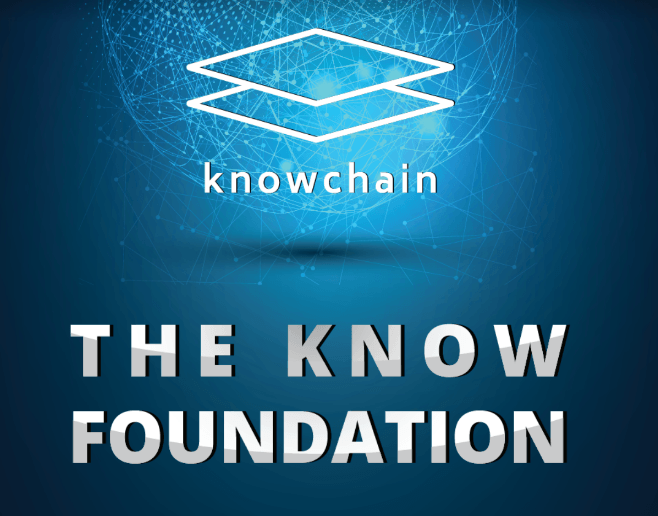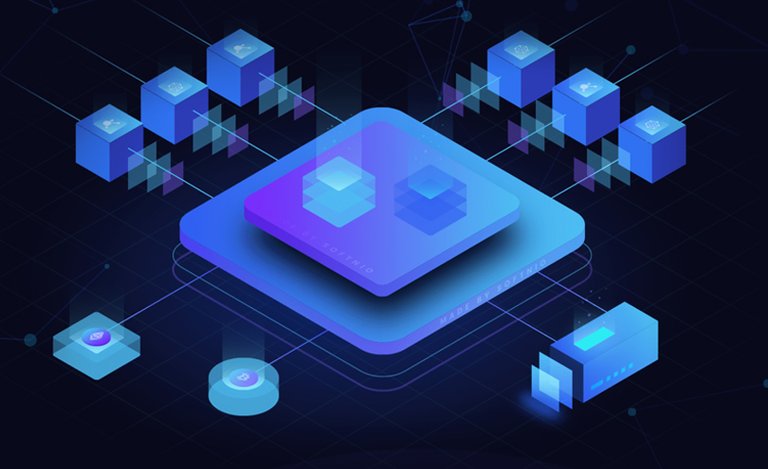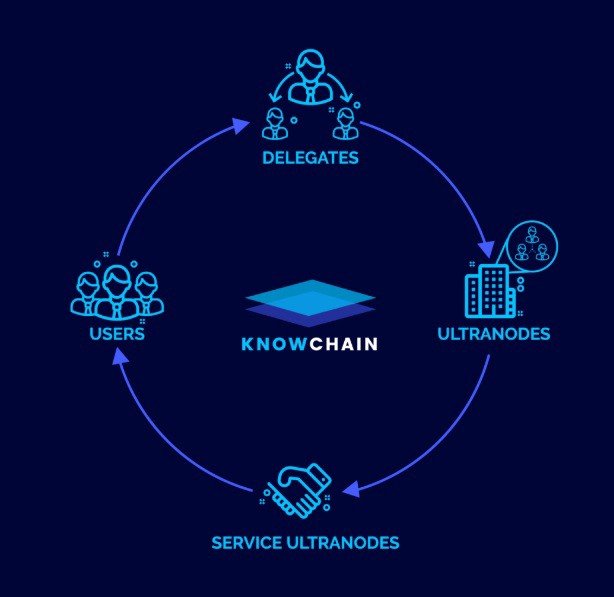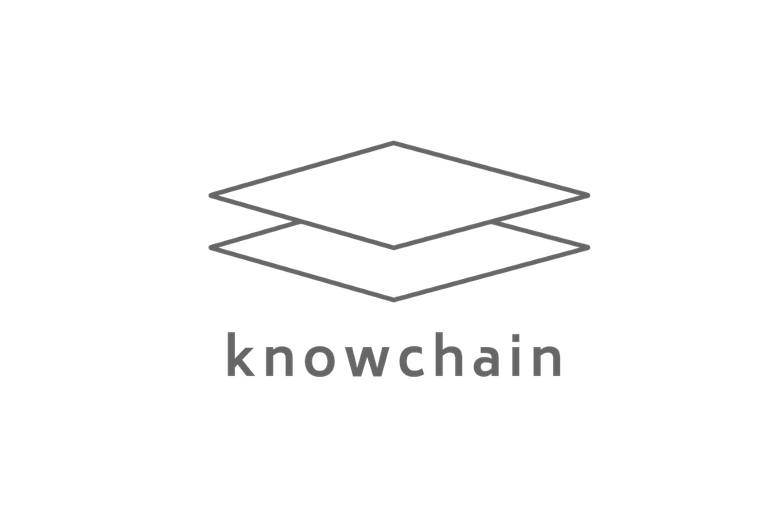KNOWCHAIN


We identify the lack of real world applications in the current blockchains and cryptocurrencies because of their anonymity. In real world, companies and customers are working on visible contracts with their identities certified to ensure each fulfil their obligations to each other as stipulated in contract governed by contract laws of a specific country agreed upon; employees use their real names and profiles to apply for job vacancies; patients use real information in hospitals and users use their real data to access applications. Because of that, there are still limitations in how blockchain can power the real life of people around the world.

In the crypto world, in the 1st generation blockchains; senders and receivers do not know much about one another except for the amount of cryptocurrency and the time that transaction is made: A send to B an amount equivalent to X BTC at time Y. That leads to the facts that 1st gen blockchains started powering the transactions in deep (& dark) web – the anonymity is guaranteed here.
2nd generation blockchains enriches the transaction by allowing people to use smart contract to manage the contract’s information: Why is the transaction made? What are the terms & conditions of the transaction? Example: A send X ETH to B at time Y if A and B satisfy the terms & conditions Z. With the “Smart Contract” concept that allows users to control the transaction conditionally, 2nd gen blockchains have been powering the startup of dApps and ICOs that comprise of large combinations of complicated Smart Contracts in which many parties participate. The anonymity is still guaranteed here, and the transactions are manageable.
3rd generation blockchains try to unify the crypto world by connecting thousands of blockchains together and connect them to the real world. A can send X ETH to B at time Y and B can immediately exchange that X ETH to M EOS at time Z and send that M EOS to C at time T. The crypto world is on its way to be connected in this manner.
However, currently there are major issues in connecting the crypto world with the real world: The nature of transactions in the crypto world is the anonymity but the transactions in real world need to be identified: from the identification of senders and receivers to the terms and conditions of the transactions. In the real world, banks require their clients to provide full information about themselves when using their services. Then how do blockchains bring its advantages to the real world? Our answer here is KNOWCHAIN.
2. WHAT IS KNOWCHAIN?
Knowchain is a two-layered blockchain platform that powers decentralized Applications and real world transactions by Smart Contracts and Additional Information attached on-chain.

Decentralized Platform
Knowchain is a 2-layered blockchain that powers decentralized Applications with Smart Contracts.Our Know Layer
Know layer stores Value transferring transactions of Know units. It is governed by Delegates system following Delegated Proof of Stake consensus.Our Ano Layer
Ano layer stores information as Smart Contracts and real world data as Ano units. It is governed by the Ultranodes and Service Ultranodes system following Proof of Authority consensuses.


Congratulations @nhochime! You have completed the following achievement on Steemit and have been rewarded with new badge(s) :
Click on the badge to view your Board of Honor.
If you no longer want to receive notifications, reply to this comment with the word
STOPTo support your work, I also upvoted your post!